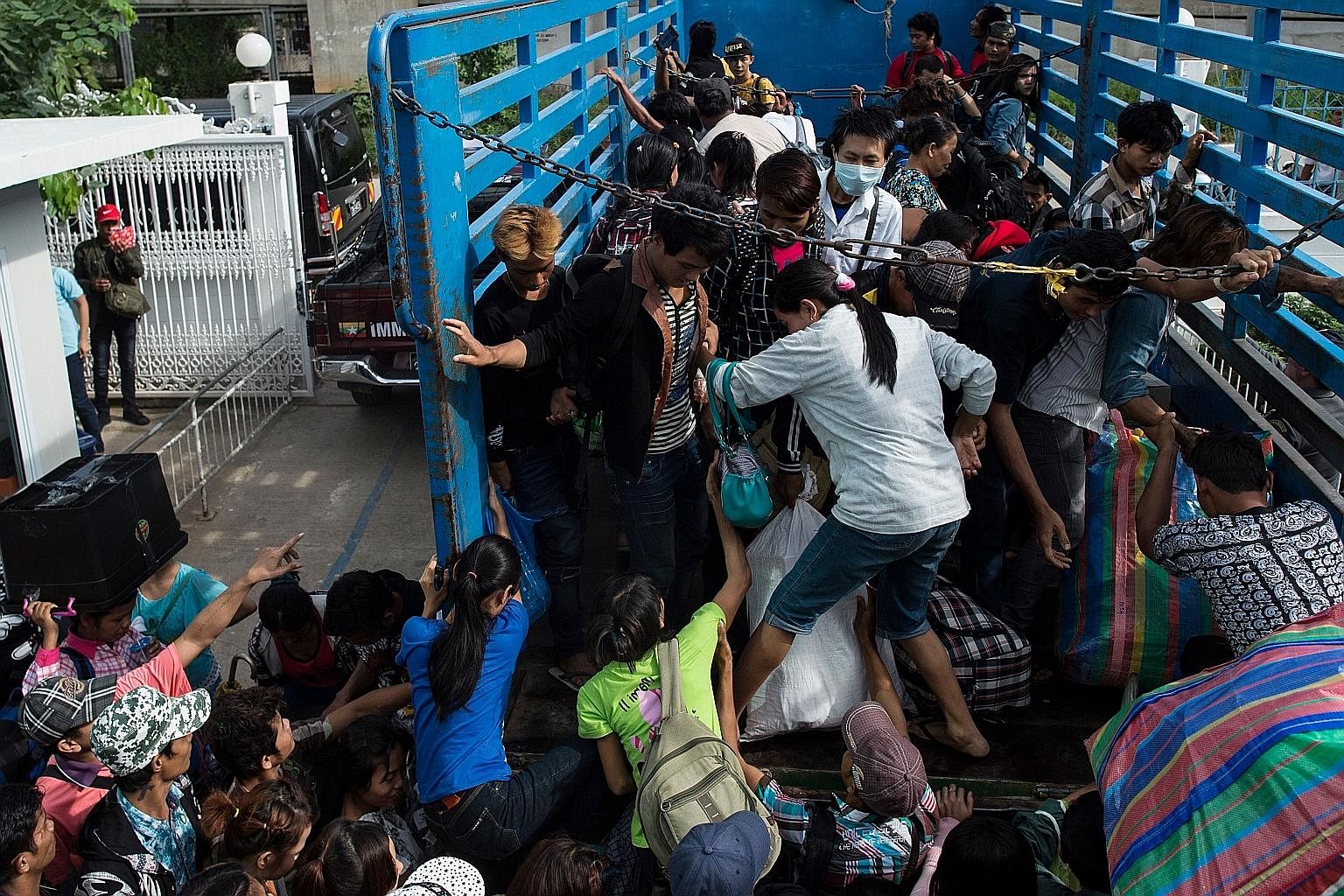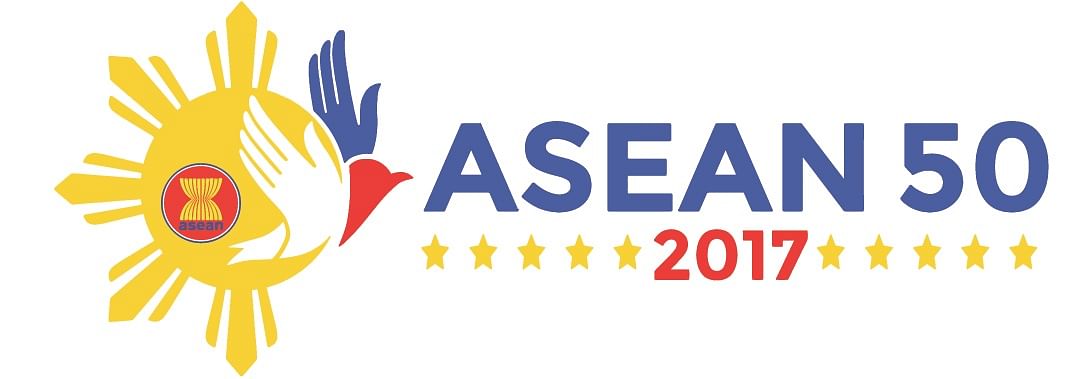As Asean celebrates its 50th anniversary this month, there is much to cherish. Despite its imperfections, as The Economist magazine puts it, the association is "the only game in Asia" whose networks also "provide a rare opportunity for global leaders to build trust".
Although Asean has much to rejoice over, there is even more to reflect upon. What does the future hold for Asean? What would its next chapter look like?
As a proud daughter of Asean, I passionately share its story in various international fora, from the recent Oslo Forum to the Group of 20 summit. I learnt that the international community holds Asean in high regard, and they have plenty of good reasons to do so.
The saying that "we do not know what we have until it's gone" also goes for Asean.
It is tempting to criticise Asean for its shortcomings, but let us imagine our region and our world without Asean. A region where disputes easily transform into full-fledged wars, where each country only competes and forsakes collaboration, and a world where South-east Asia is just an arena for major powers to flex their muscles.
Instead of that, thanks to Asean, we have a region that has been relatively free from any major intra-state armed conflicts since the Vietnam War; a region where the 1992 free trade agreement has enabled intra-regional trade to soar from US$80 billion in 1993 to almost US$550 billion (S$748 billion) in 2015, propelling Asean to be the world's sixth-largest economy; and a world where South-east Asia is one of the engines of peace and prosperity.
In short, Asean has succeeded in building an ecosystem of peace and prosperity in the region.

Furthermore, Asean has evolved from a somewhat-loose association to a more robust Asean community that seeks to serve its people better.
Not to mention that, today, when regionalism seems to have taken a hit elsewhere, from Brexit in Europe to the diplomatic crisis in the Gulf, Asean continues to display unity and stability.

These accomplishments by no means imply that we should be complacent. Putting in extra effort is the trait here, as reflected in the successful conclusion of the framework of a code of conduct by Asean and China.
Nonetheless, we are constantly reminded that "we are made wise not only by the recollection of our past, but by the responsibility for our future".
As benefactors who have inherited a more peaceful and prosperous South-east Asia, our generation is responsible for shaping a better future for Asean.
FUTURE DIRECTION: THE PEOPLE
Having said all this, I remain very excited about the future to which Asean is heading. I am convinced that the best is yet to come.
The best that I mention refers to the people.
The future of Asean is one that is not only peaceful and prosperous, but also a future where the people are at the heart of it all.
Asean's next chapter should be more people-oriented and people-driven, where its endeavours are dedicated to catering to people's needs in all areas.
To that end, in concrete terms, there are three issues that Asean should concentrate on, if the association wants to secure its premier place in the future.
First, Asean needs to focus on fostering an inclusive and competitive economy that works for all of its people. As gross domestic product per capita of an Asean member is 40 times smaller than of another member, inequality between and within states remains a formidable challenge.
Asean must embrace the rapid digital transformation in the globalised world while ensuring that nobody gets left behind.
Platforms to reduce inequality, such as the initiative for Asean integration, must be strengthened.
Asean should boost its connectivity in accordance with its connectivity masterplan in order to galvanise trade and investment in all corners of the region.
Moreover, Asean should work on trade agreements such as the Regional Comprehensive Economic Partnership that delivers benefits for all of its people.
Second, Asean should also tap the tremendous potential of low-skilled migrant workers.
Asean has made great headway in the movement of high-skilled professionals through the Mutual Recognition Agreements (MRA).
However, the overwhelming majority of migrant workers in the region are not skilled professionals. For instance, the MRA covers only less than 1 per cent of the total workforce in Thailand and Indonesia.
More should be done to ensure the protection of low- and medium-skilled migrant workers in a way that safeguards the interests of both the countries of origin and destination.
Third, Asean has no other alternative but to continue to stay united while redoubling efforts to strengthen its institutional capacity. This has been especially pertinent in the face of proliferated challenges the association must tackle, ranging widely from traditional and non-traditional security issues to an urgency for a strengthened Asean Secretariat.
The future of Asean will be marked, by, among other things, the exigency to address its external relations especially with major powers, in the context of geopolitical rivalries, the threat of terrorism and how Asean can stay relevant amid the rapidly changing regional and global strategic landscapes.
Coping with all these would require a greater sense of unity as well as a fresher and more inclusive outlook that would keep Asean relevant...
With its revived focus on the people and their needs, in the next 50 years, Asean will grow to be not only an even greater powerhouse in the world but, more importantly, it will instil a more profound sense of belonging and ownership among all its people, not just the diplomats or corporate moguls.
Today, many of our people might be puzzled when asked what Asean is or what it means to them, but it is not far-fetched to conceive of a future whenpeople say, in addition to being Indonesian or Vietnamese or Filipino, "I am also Asean."
•The writer was Indonesia's former ambassador to Norway and Iceland.
•This is a special series of articles to mark the 50th anniversary of the regional grouping, by The Straits Times and the Asean members of its media partner Asia News Network, an alliance of 23 regional media entities. This article was contributed by The Jakarta Post for this series.

